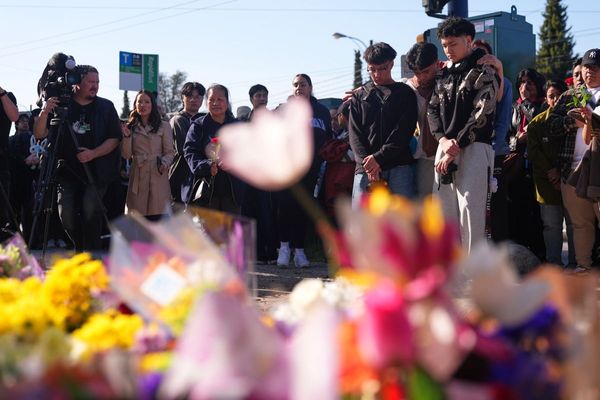High lava fountains are expected during the latest episode of an ongoing eruption of Hawaii's Kilauea volcano.
Kilauea, one of the world’s most active volcanoes, has been erupting on and off for more than three months since it burst to life on December 23.
During the eruptive episodes, lava fountains have reached heights of 1,000 feet (305 meters), drawing visitors to marvel at the fiery glow at Hawaii Volcanoes National Park. The episodes, which are separated by pauses in activity, have lasted from a few hours to over a week.
The lava has remained inside the volcano’s summit caldera and within the park, and no residential areas have been threatened.
The 17th episode began on Monday night, producing “low spatter fountains” 15 to 30 feet (4.5 to 9 meters) high, according to an update from the U.S. Geological Survey's Hawaiian Volcano Observatory.
“High lava fountains are likely to follow the current low fountaining and lava flows,” the observatory said.
It said current hazards include volcanic gas emissions and windblown volcanic glass (Pele’s Hair) and tephra that have impacted the national park and nearby communities.

The current eruption has been characterized by episodic fountaining “not seen in any of the other” eruptions since 2020.
More than 1,200 viewers were watching a USGS livestream of the lava on Tuesday morning, which showed spewing bright-red molten rock.
Kilauea, located on the southeastern part of the Big Island about 200 miles (320 kilometers) southeast of Honolulu, is one of the world’s most active volcanoes and the busiest in Hawaii. Visitors come from around the world to marvel at its explosive displays.
The volcano's latest eruption began on December 23 and has been pausing and resuming since.
The largest of the state’s six active volcanoes is Mauna Loa, which is also on the Big Island and erupted in 2022.







